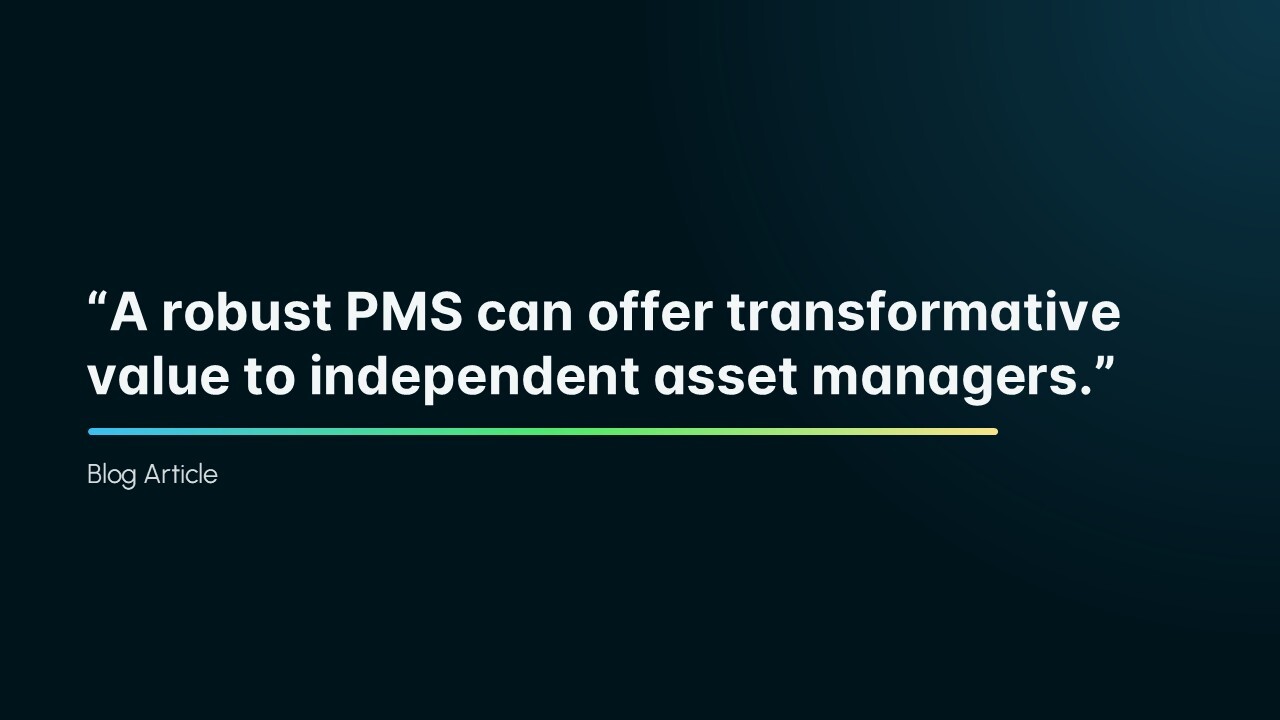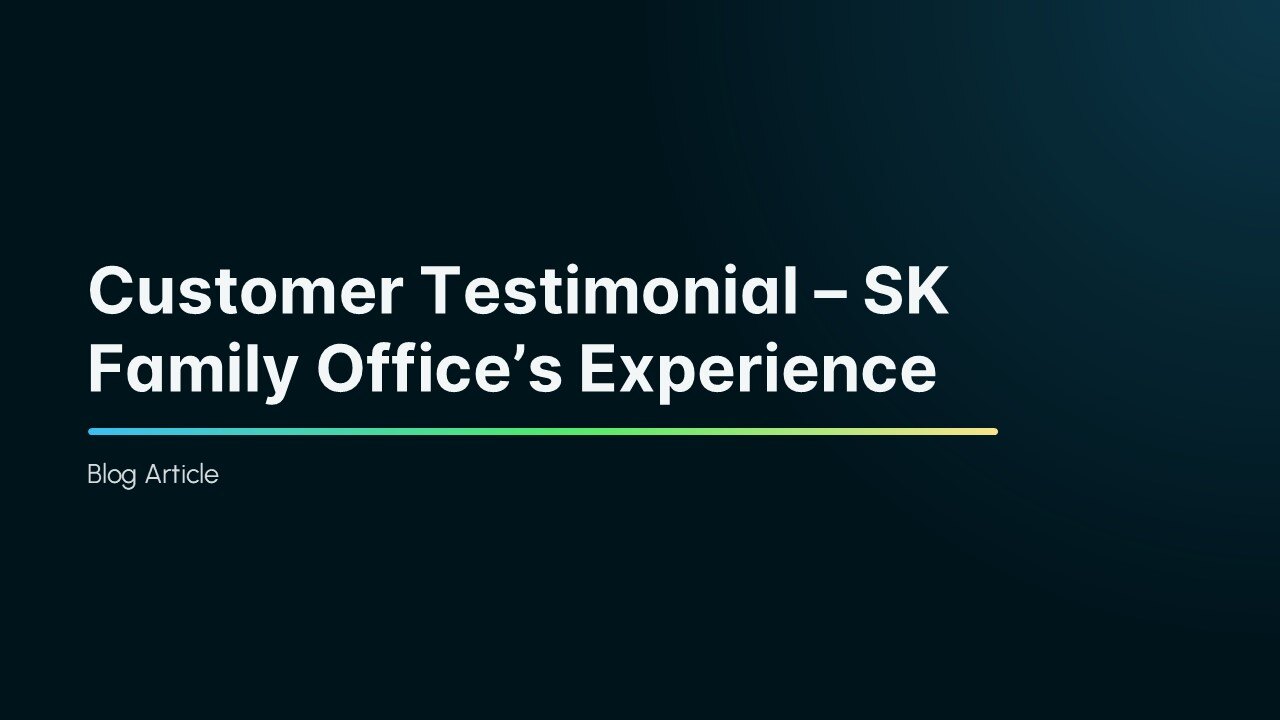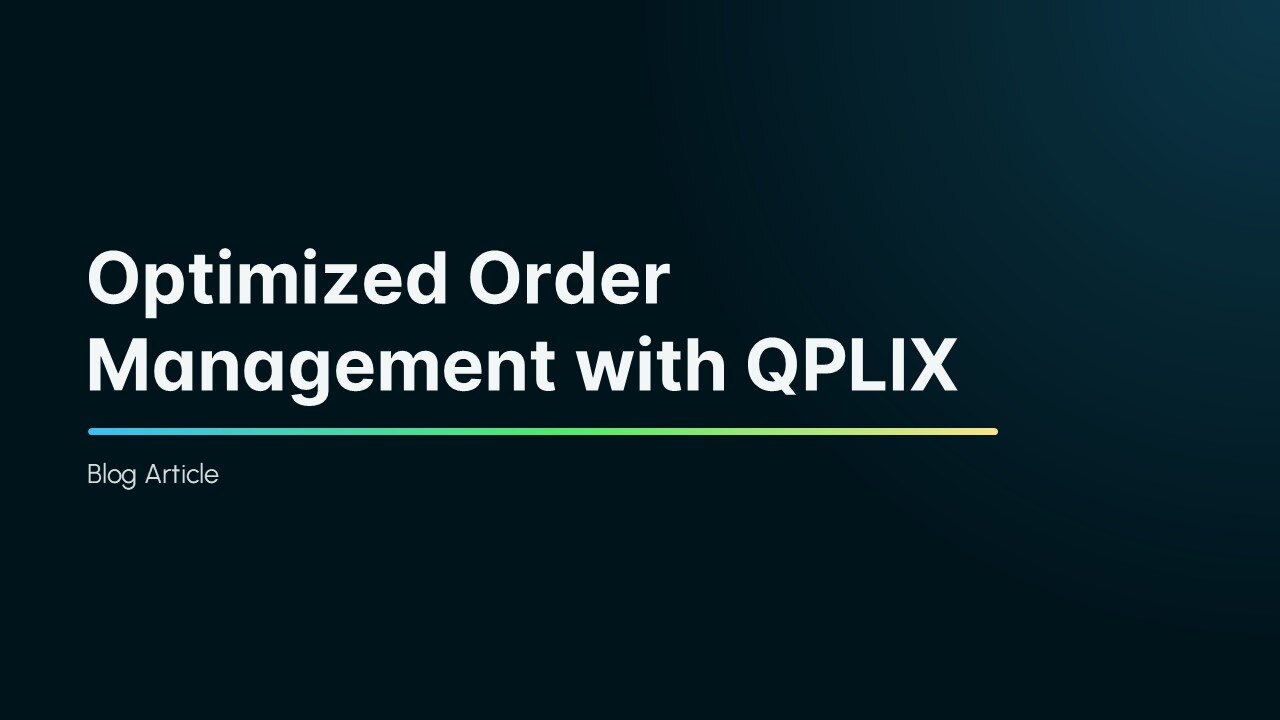“A robust PMS can offer transformative value to independent asset managers.”: An interview with Sener Arslan, Regional Director Switzerland

Cloud computing, connectivity, artificial intelligence... Portfolio Management Systems (PMS) are also entering their NextGen era, significantly enhancing their ability to simplify the daily operations of asset managers and streamline their processes.
In a conversation with Jérôme Sicard from SPHERE (available in German or French), Sener Arslan provides insights into this evolution.
What major changes have you observed in the operations of external asset managers in recent years?
The Swiss external asset management (EAM) sector has undergone significant transformation in recent years, driven by regulatory changes such as FIDLEG and FINIG, rising compliance costs, and rapid digitalisation. While some smaller players have faced challenges adapting to these changes, well-capitalised EAMs have expanded through acquisitions and international growth, reshaping the competitive landscape.
A notable trend, especially among larger EAMs, is the increased focus on flexible and efficient connectivity with various custodian banks, incorporating integrated data flows and direct trading capabilities. This enables centralised and agile management of client portfolios across multiple banks, allowing for swift responses to individual client needs.
In the realm of illiquid assets such as private equity and real estate, EAMs are increasingly adopting modern PMS solutions that provide seamless tracking, reporting, and integration alongside traditional investments. Moreover, seamless integration with third-party systems - for tasks like PEP and sanctions screening, automated data processing, and compliance monitoring - is now essential to optimise processes and efficiently meet regulatory requirements.
Digital touchpoints are gaining prominence, as clients today expect greater transparency and seamless interaction. Modern PMS platforms enable consolidated reporting across various custodian banks and jurisdictions, offering clients a comprehensive overview of their wealth and allowing advisors to provide digital support at any time. Interactions are enhanced through portfolio visualisations, personalised analyses, and mobile access to portfolio data, significantly strengthening client relationships and service quality.
In your opinion, which secondary functions consume the most time for EAMs?
In my discussions with EAMs in Switzerland, I frequently hear about inefficiencies in areas outside of their core functions that consume valuable time and resources. Common challenges include manual data consolidation and reconciliation, regulatory documentation and compliance monitoring, client reporting, and back-office operations.
Specifically, in data consolidation and reporting, manually collecting, reconciling, and standardising information across various custodian banks and platforms leads to significant efficiency losses. The inclusion of data on illiquid assets, often sourced externally, adds complexity and further strains resources. Automating these processes would not only enhance efficiency but also free up capacity for more strategically important tasks. All these issues significantly impact margins and operational efficiency in an already challenging environment with increasing revenue pressure.
What do you consider the key factors for maximising efficiency?
In my work with EAMs in Switzerland, I've observed that the most successful firms employ several key strategies to optimise efficiency while delivering exceptional client service. These strategies include process standardisation, comprehensive data integration, digital client interaction, and automated compliance monitoring and documentation.
Efficient EAMs focus on data integration, utilising systems that provide a comprehensive 360° view of client wealth across all banking relationships. This encompasses the integration of external data on illiquid assets like private equity and real estate, enabling advisors to concentrate on high-value activities.
Furthermore, these firms leverage digital tools to enhance client interactions, offering features such as dynamic portfolio visualisations, personalised analyses, and mobile access to portfolio information. Automated compliance monitoring and documentation ensure that regulatory requirements are met efficiently, reducing the burden on staff and minimising the risk of errors.
By implementing these strategies, EAMs can significantly improve their operational efficiency, allowing them to allocate more time and resources to client-centric activities and strategic growth initiatives.
In which areas can a PMS provide the greatest added value today?
A robust PMS can offer transformative value to external asset managers (EAMs) by addressing their most pressing operational challenges and enhancing their ability to serve clients effectively. One of the key areas where a PMS delivers the most value today is in the consolidation of multi-custody data. A PMS enables seamless integration of data from multiple custodian banks, providing a unified view of client portfolios. This is especially beneficial in Switzerland, where EAMs often manage complex client relationships across several banks. Additionally, PMS solutions can integrate data on illiquid assets such as private equity or real estate, which are typically not held in custody, to offer a comprehensive overview of client wealth.
Other valuable areas include the automation of manual processes, support for regulatory compliance, improved client reporting, digital client engagement, and scalability - which deserves special attention. With a PMS, EAMs can scale their operations by standardising processes in compliance, portfolio management, and trade execution. Intelligent workflows ensure consistency while maintaining the flexibility needed to deliver a personalised service.
Which trends or innovations are currently shaping the future of PMS?
The future of PMS is being significantly shaped by artificial intelligence, automation, and cloud-based technologies. Modern PMS platforms automate data analysis, compliance monitoring, and portfolio rebalancing, greatly increasing efficiency and decision-making quality.
Cloud solutions offer scalability, security, and location-independent access, while intuitive user interfaces, self-service options, and mobile applications enhance the client experience. The integration of various portfolio criteria and sustainable investment strategies is becoming increasingly important, as is the seamless connectivity to third-party systems for reporting and compliance. At the same time, demands on IT security and data protection are rising to safeguard sensitive client information.
Those who understand these trends and actively embrace technological innovation can not only overcome regulatory and operational challenges but also position themselves as forward-thinking and reliable partners in the wealth management market.



